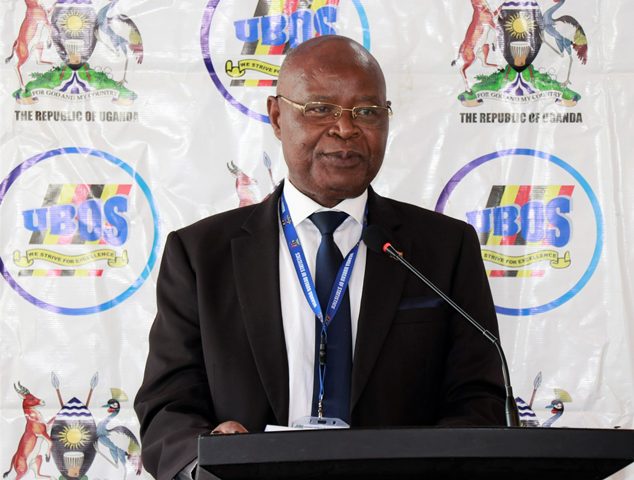Uganda has recorded a decline in poverty levels, dropping from 20.3% to 16.1%, according to the 2023/2024 National Household Survey conducted by the Uganda Bureau of Statistics (UBOS).
Presenting the findings in Kampala, Steven Bigirimana noted that despite the overall decline, approximately 7 million Ugandans still live below the poverty line.
Of these, 5.3% are from rural areas and 1.7% from urban areas.
The report further shows regional disparities in poverty distribution.
Karamoja remains the most affected, contributing 13.4% of the total poor population, followed by Busoga at 12%.
The central region registered the lowest poverty levels, while the eastern region reduced to 22.9%, the northern region to 26.8%, and the western region to 10.4%.
However, poverty levels slightly increased in the Teso and Elgon sub-regions.
In terms of inequality, the report highlights a positive trend, showing a reduction in the national Gini coefficient from 0.413 to 0.382, with the most notable improvements observed in the northern and central regions.
UBOS Executive Director Dr. Chris Mukiza advised the government to allocate an additional 31.5% in resources to address the inequality gap in Karamoja.
He also called for targeted research to understand the growing inequality in the Teso sub-region.
On education, the survey found that only 23.2% of students aged 13–18 were in school, with the majority—16%—coming from rural areas.
For children aged 6–12, primary school enrollment stood at 77.9%, with 80.5% from urban areas and 76.5% from rural areas.
Regarding health, the report noted a decline in the population’s health status, with 21.2% of respondents reporting illness.
Of these, 82% sought medical care, while 26% did not, citing the mildness of their symptoms as the reason.
By Olivia Nabaggala
16th May 2025
END

